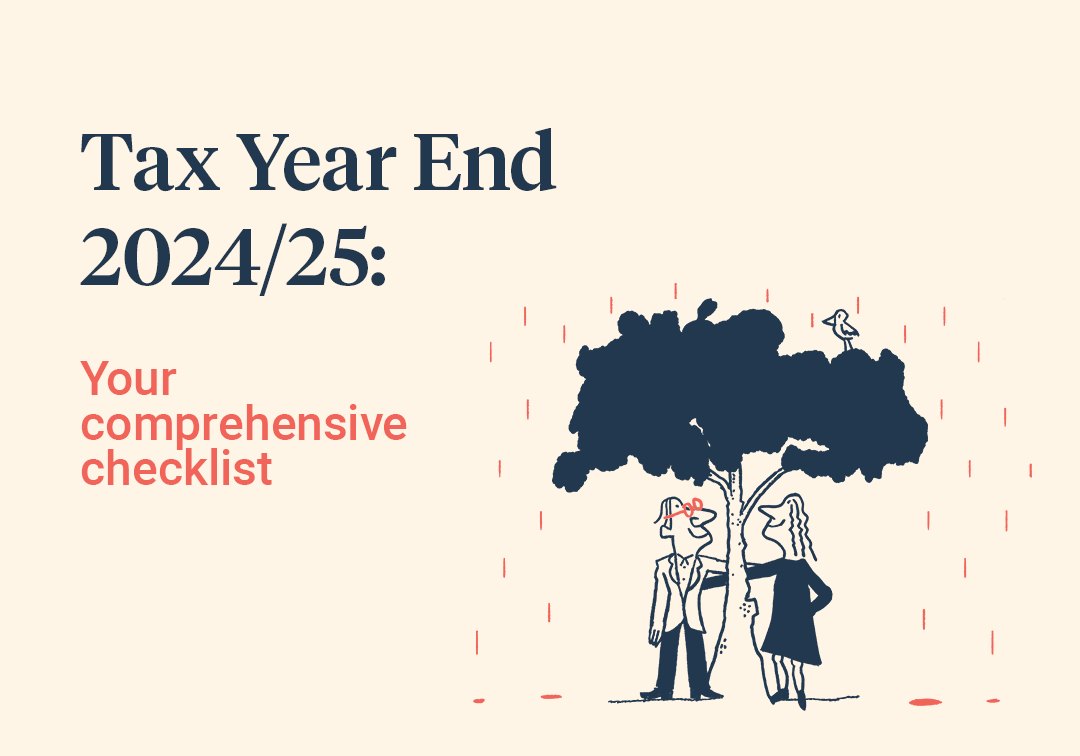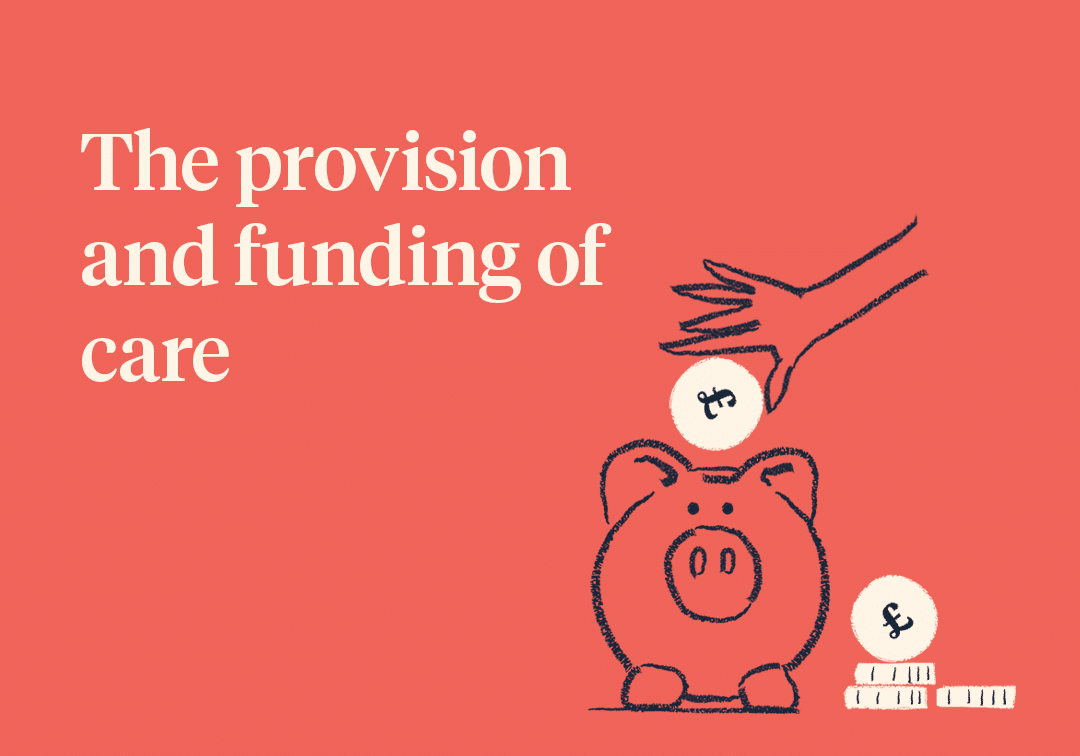Back in 2006 you had A-day[1], which was meant to simplify pensions and provide greater flexibility. Fast forward to last year and the government brought you L-day[2], with the abolition of the Lifetime Allowance (LTA)[3] being one of the highlights.
From a financial planning perspective, these changes are far reaching, and this article aims to explain some of them.
What is the ‘outgoing’ lifetime allowance?
The Lifetime Allowance is the total amount the government allow you to build up within your pension without incurring a tax charge. It currently sits at £1,073,100 but at one point had reached a high of £1.8 million[4]. To protect the higher amount, when the government gradually reduced the LTA, they also offered accompanying protections[5] (subject to qualifying criteria).
What are the high-level changes?
- Prior to L-Day, if you took benefits and it exceeded the LTA, there was a tax charge on the excess of either 25% or 55%[6]. With just over a month to go, the LTA is not yet abolished; however, the tax charge is set to zero and any excess is instead subject to tax at your marginal rate of income tax.
Let’s look at what this means in a worked example:
Mark, went into the 2023/24 tax year, with 9.32% of his LTA remaining. He has no protection in place, meaning his remaining LTA is £100,000 (9.32% of £1,073,100).
The uncrystallised part of his pension is £200,000. He is only able to take £100,000 where 25% (£25,000) is tax-free[7]. The L-day changes affect what happens with the excess (the remaining £100,000).
How much do you need to retire and more…

How much income do you need to be comfortable, how much do you need invested and how to pay less tax...
Prior to L-day, if Mark had chosen to withdraw the excess as income, there would have been a tax charge of 25% (£25,000). The balance (£75,000) would then have been taxable at his marginal rate of income tax.
Alternatively, if he had chosen to withdraw the excess as a lump sum, there would have been a 55% tax charge (£55,000) with no income tax implications on the balance (£45,000).
After L-day, the tax charge on the excess is no more and, regardless of how it is withdrawn (lump sum/flexibly), it is taxable at Mark’s marginal rate.
It is worth noting that, if you have withdrawn benefits from your pension during 2023/24, you will have continued to receive letters covering your Lifetime Allowance position. Beware, these letters may have been poorly worded. I had a client who received a letter indicating a Lifetime Allowance tax charge, as the provider in question had not updated their text to account for the legislation change.
- From the 2024/25 tax year, the LTA will be replaced by the Lump Sum Allowance (LSA) and the Lump Sum & Death Benefit Allowance (LS&DBA). There is also a third allowance, the overseas transfer allowance – £1,073,100; however, this is not covered in today’s article.
Lump sum allowance
The LSA continues to allow you to take a proportion of your pension tax free. The limit is £268,275, which is unsurprisingly 25% of the soon to be abolished LTA (£1,073,100). If, however, you have protection in place, you should retain any higher entitlement.
The following payments will count towards the LSA:
- pension commencement lump sums (tax-free cash)
- the tax-free elements of any uncrystallised funds pension lump sum
However, HMRC confirmed within their December newsletter the payments listed below will not form part of the LSA.[8]
- Winding up Lump Sum
- Trivial Commutation Lump Sum
- Small Lump Sum
If you start the 2024/25 tax year having already crystallised 100% of your LTA, you will not have any LSA available; however, HMRC wrote “if the member can provide evidence to the contrary showing they received less than 25% of the LTA tax-free, the pension scheme which they apply to can review the required criteria for a transitional tax-free certificate”.[9]
Beware, you can only apply for this once, and it must be actioned before any benefits are taken under the new allowances. For the majority this will not be a consideration, but there are circumstances where you might be eligible, such as if you took tax-free cash when the LTA was £1,000,000. Or you are in receipt of a defined benefit scheme where the tax-free cash payment was less than 25% of the value.
Do you need help with your pension?
Our pension specialists can guide you through the world of pensions and provide the right solution for you. Get in touch to discuss how we can help you.

Lump sum & death benefit allowance
This allowance limits the aggregated amount of ‘lump sums’ that can be taken tax-free during the pension member’s lifetime and then, on death, by their nominated beneficiaries. The limit is set at £1,073,100 (unless you have protection in place).
For example, if Vicky has Fixed Protection 2014. Assuming she has not taken any benefits, she will enter 2024/25 with a LSA of £375,000 and a LS&DBA of £1.5 million.
How does the LS&DBA allowance differ to the previous legislation?
From 2024/25, pension providers will no longer distinguish between pots which have had tax-free cash paid and those which have not. It is a ‘wait and see’ on how providers will report on clients who have already taken benefits and will ultimately straddle both legislation regimes.
Continuing with the example above, Vicky plans to retire at the end of April 2024, at which point she intends to take the maximum LSA, £375,000, but no taxable income.
If she were to then pass away under the age of 75, the lump sum that could be paid tax-free (her remaining LS&DBA) is £1,125,000 (£1,500,000 less £375,000). Any excess is taxable at the beneficiary’s marginal rate. For example, if the pot on death was £1,200,000, it is the £75,000 which becomes taxable.
Important side notes:
If Vicky had passed away post 75, there are no changes to the taxation of death benefits. Withdrawals remain taxable at the beneficiary’s marginal rate of income tax.
If Vicky had crystallised part of her pension before the 6th of April 2024, this would not form part of her LS&DBA because it was already tested under the old LTA regime.[10]
What about dependants’ or nominees’ flexi-access drawdown or annuity?[11]
Originally, when L-day was announced, the government started reviewing the merits of charging tax on income drawn from these types of plans.
The good news is that the technical consultation raised concerns about tax being charged when previously it would have been paid tax-free.
As such, in December the government wrote, and I quote, “the Finance Bill 2023-24 does not include legislation to bring dependants’ or nominees’ flexi-access pension or annuity (BCE 5C and 5D) into taxation, and therefore these payments will remain tax-free in the absence of the lifetime allowance.”
Although worked examples are yet to be released by HMRC, this clarification indicates possible planning opportunities. This is because, if a beneficiary inherits a pension above the LS&DBA, the excess which would be taxable, if paid out as a lump sum, could feasibly be placed into a dependant’s/nominee’s drawdown (pension scheme allowing). Then, if the person who died was under 75, it can still be withdrawn tax-free by the beneficiary.
A lot of the older pension schemes still only offer a death benefit lump sum, but no beneficiary drawdown option. As such, if you have read this far and take one thing away, it is to review the death benefit options on your existing plans. At the same time, for good housekeeping, you should also check your nominated beneficiaries are up to date.
Summary
The reason we have L-day is because the government is trying to encourage people to either remain in or return to work. In addition to the abolition of the LTA, they have made other changes, such as increasing the annual allowance for pensions from £40,000 to £60,000[12]. They have also removed the restrictions on pension accrual for people who hold protection[13], the only caveat being that it had to be in place prior to 15 March 2023.
To truly understand whether legislation change presents an opportunity or a change in direction, you first need to have a financial plan. Whether the plan’s focus is accruing wealth to become work optional or estate planning to mitigate inheritance tax, legislative change is only one of the considerations. So, if you are reading this and want to review your situation, please do get in touch.
Do you need help with your pension?
Our pension specialists can guide you through the world of pensions and provide the right solution for you. Get in touch to discuss how we can help you.

Article sources
Editorial policy
All authors have considerable industry expertise and specific knowledge on any given topic. All pieces are reviewed by an additional qualified financial specialist to ensure objectivity and accuracy to the best of our ability. All reviewer’s qualifications are from leading industry bodies. Where possible we use primary sources to support our work. These can include white papers, government sources and data, original reports and interviews or articles from other industry experts. We also reference research from other reputable financial planning and investment management firms where appropriate.
Saltus Financial Planning Ltd is authorised and regulated by the Financial Conduct Authority. Information is correct to the best of our understanding as at the date of publication. Nothing within this content is intended as, or can be relied upon, as financial advice. Capital is at risk. You may get back less than you invested. Tax rules may change and the value of tax reliefs depends on your individual circumstances.
About Saltus?
Find out more about our award-winning wealth management services…
Winner
Investment Performance: Cautious Portfolios
Winner
Top 100 Fund Selectors 2024
Winner
Best Places to Work 2024
Winner
Best Financial Advisers to Work For
£8bn+
assets under advice
20
years working with clients
350+
employees
97%
client retention rate







